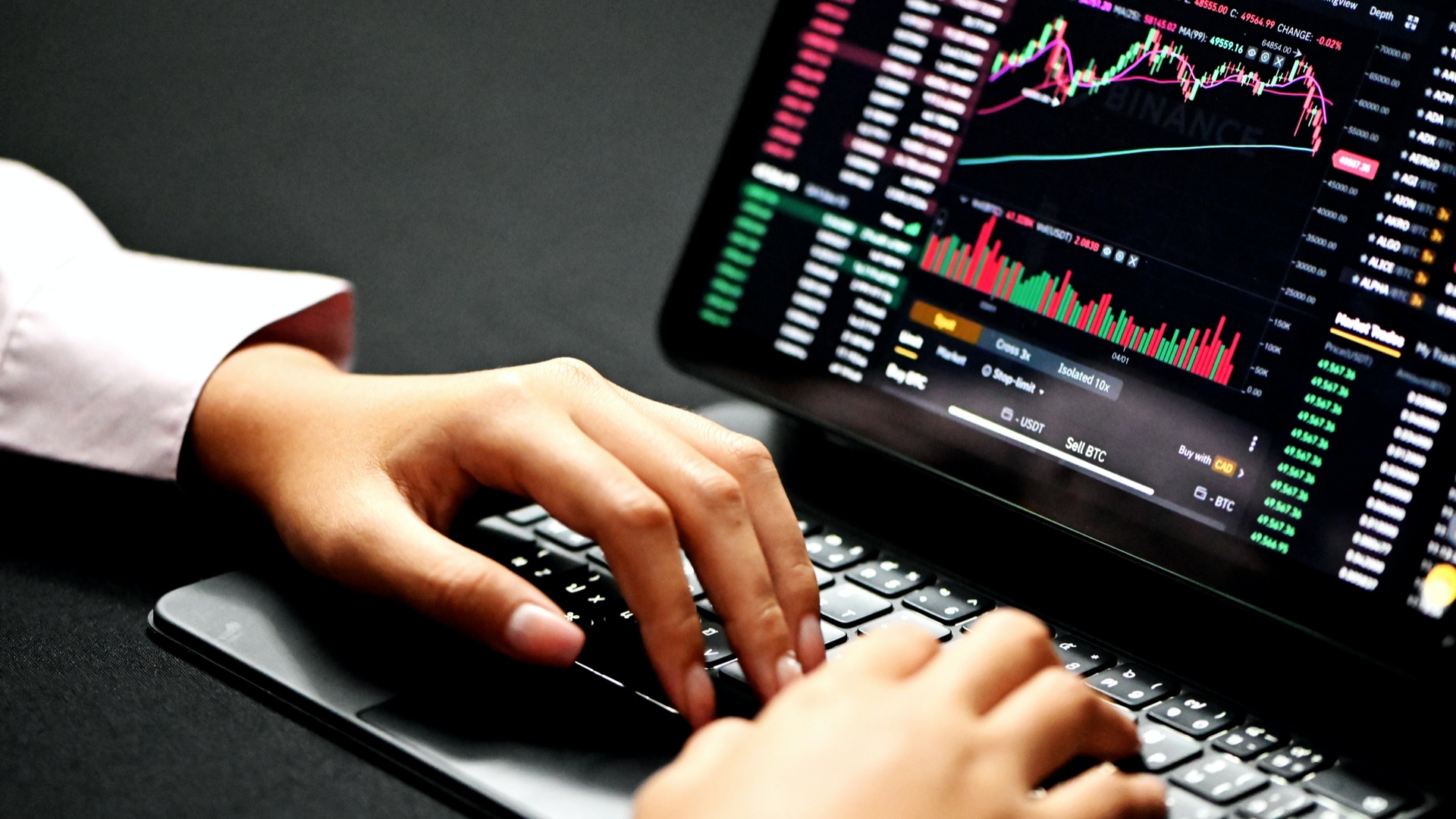Volatility is a quantitative measure of how returns vary depending on the performance of a particular stock index or asset. In order to calculate volatility, there are two methods to choose from.
One might think of volatility as an indicator of how much a principal asset’s return fluctuates between today and when the option expires. Numerous options pricing formulas originate from the volatility of forex trading being expressed as a percentage based on traditional marketing and forex trading.
A closer look at the causes of market volatility
Volatility can be summed up as the potential for a wide range of factors to have an adverse impact on a security’s value. If the risk or ‘volatility’ is significant, the protection can be extended to a wider range of stock rates. Regardless of which way the market turns, it increases the chances of big and constant fluctuations in defense rates over a short period of time.

As a result, the protection advantage will remain stable and extend for a longer period of time as a result of reduced uncertainty. The “beta” of a stock is another indicator of how volatile the market is. ‘Beta’ is a measure of the total unpredictability of the protection return; for example, most traders use the S&P 500 as their benchmark.
Kinds of Volatility
The first type of price instability or volatility is the real volatility of the underlying asset. To get an idea of how long it has been since the last stock survey, historical maps can be used to determine how long it has been since the last stock survey. As a general rule, this data is calculated as a one-day forex trading price at the next trading day’s selling value. In addition to the Average True Range Bollinger Bands, this data can also be displayed in additional measures.

Implied volatility is yet another type of volatility. Volatility in individual trading opportunities is what accounts for the disparity. This option’s price is no longer affected by the ambiguity of the selling contract. In large part, this is due to pre-established factors such as the strike price and expiration date of an option as well as interest rates. Except for this particular option, when the volatility component is known when the price is supplied, both are recognized. To determine the option’s relative values, it is necessary to remove the valuation.
Approaching volatility in the correct way
Many options traders base their decisions solely on the uncertainty of the market. A large number of studies have shown that if the implied volatility of crucial asset prices is lowered, it will be considerably easier to foresee volatility movements. Since this is the case, traders decide to take action and buy an option (s). Trades are often made to sell options quickly or use long-term benefit betting tactics when the implied level of uncertainty is high.
When the apparent uncertainty of an option’s value rises, traders who often use positional firms use the telephone or a venue to execute their trades.
















